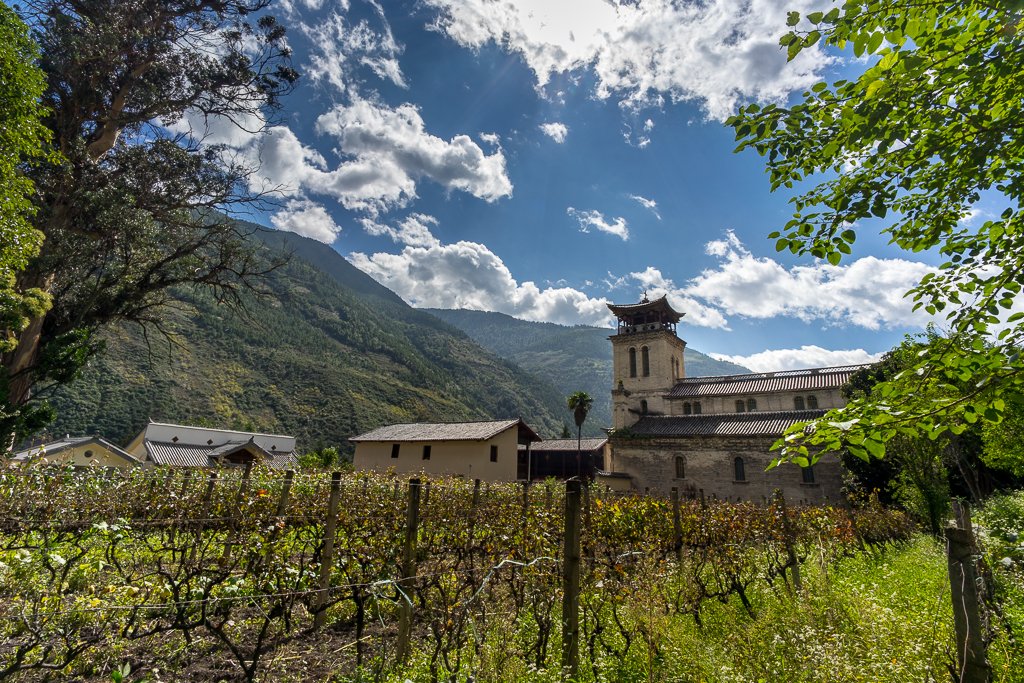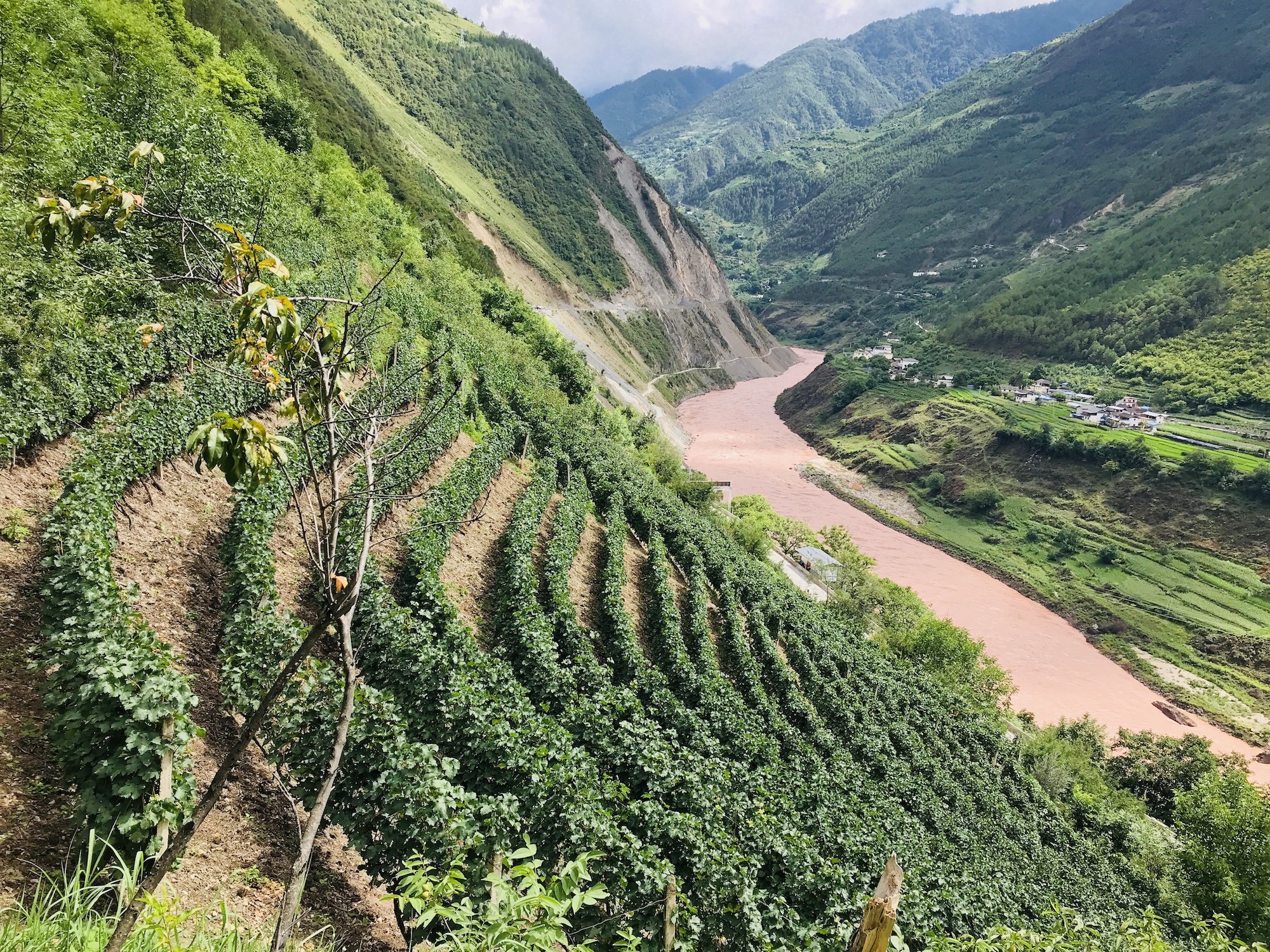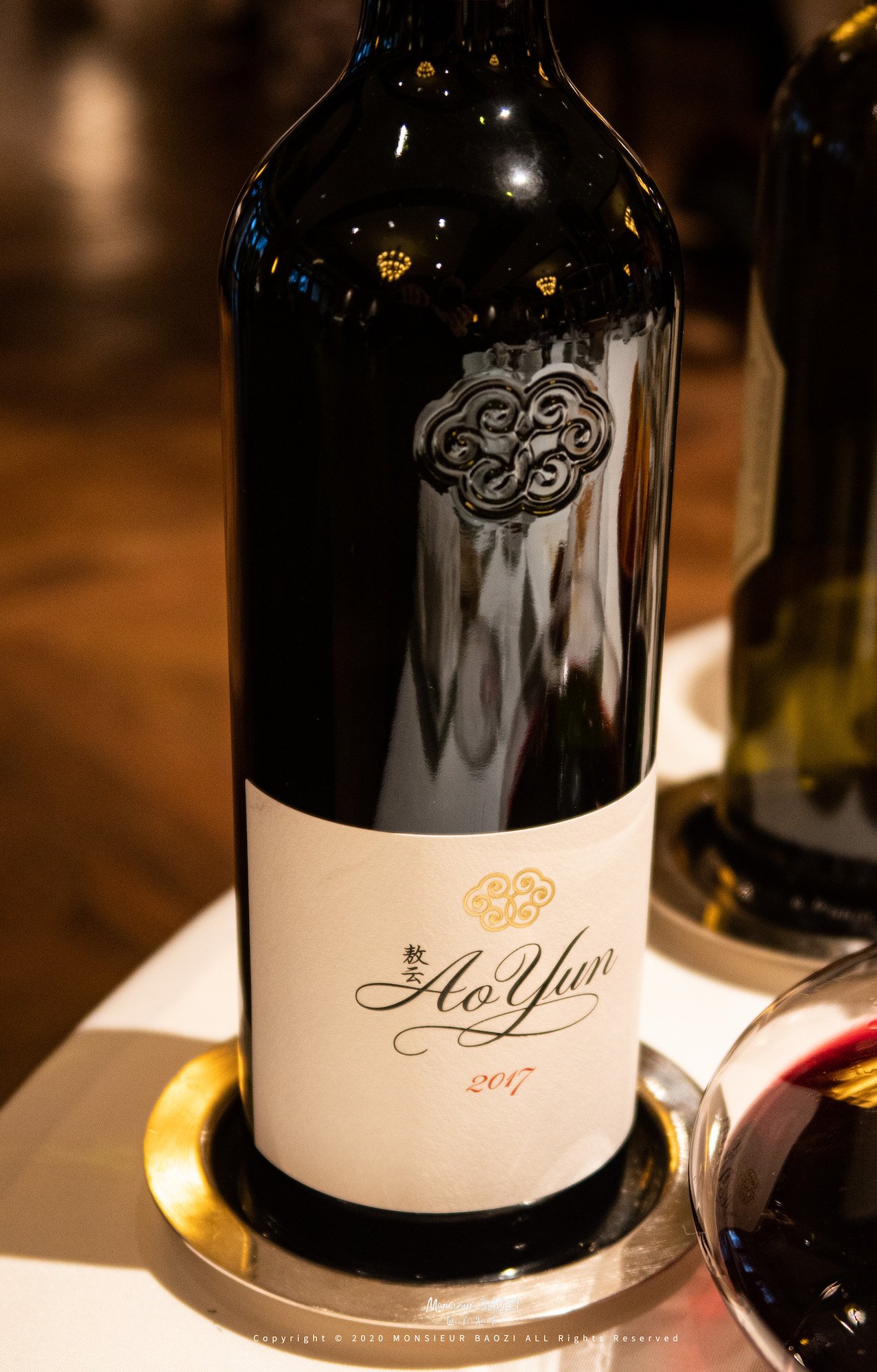Why the Yunnan Himalayas are Such a Spectacular Wine Region of China
Ningxia is considered the top fine wine producing area of China but another equally promising, yet starkly opposite region of China that you may be even less familiar with, is Yunnan. In fact, in the latest rankings of the best wines in China, 2 of the top 3 are from the region— Ao Yun 2018, a wine from an incredible project from the LVMH group (Louis Vuitton Moet Hennesy) near Shangri La, in Tibetan Yunnan and Xiaoling Cizhong 2018.
Profile of Yunnan
Yunnan is a province in southwestern China, whose area (about 400,000 km2) exceeds Germany’s. At first sight, this province might seem far too close to the Tropic of Cancer to be able to produce fine wines, but this southern position combined with high altitude proves surprisingly advantageous.
Indeed, the northeast of Yunnan, towards Shangri La, is at the foothills of the Himalaya. The Deqin region in particular is a semi-autonomous Tibetan prefecture with villages at an altitude of around 2000m above sea level that has seen the cultivation of vines going back 100 years. The region includes Adong village where Ao Yun vineyards are located, and the historic village of Cizhong, home of Xiaoling.
Xiaoling Estate
Xiaoling is one of the wineries founded in the prefecture of Deqin about 10 years ago. Their goal was to continue the winemaking tradition of the French priests who came to Tibet 100 years ago, bringing with them Catholicism and winemaking.
The estate has recently attracted attention following several rankings by famous wine critics placing it at the top of Chinese wines (Robert Parker in December 2020: 93 score / 100 best Chinese wines by James Suckling in December 2021: 3rd position after Kanaan Winery & Ao Yun).
In James Suckling’s ranking of 2021 China’s 100 best wines, Ao Yun is number 2 and Xiaoling number 3 (following Kanaan’s CRAZY FANG from Ningxia).
Bertrand Cristau, the main shareholder of the project, is from the Bouchard Family in Beaune. Cristau tells me the wines are made there by a team of local winemakers who know the specificity of the place better than anyone. The estate’s technical advisor, and shareholder of the project, is Sylvain Pitiot: a great winemaker from Burgundy, watching over one of the 5 grand cru Monopole: Le Clos de Tart.
Says Cristau, "We currently have 3 hectares of vines, mainly cabernet sauvignon and merlot, planted between 1900m and 2600m above sea level.” He points out that at this altitude, the climate is roughly similar to what we know in France. He adds, “A combination of factors gives our wines an absolutely unique signature; our vines are planted on steep slopes, on the edge of the upper Mekong. The sun beats down hard, but only for part of the day, before being hidden behind the mountain. This has the effect of developing a particularly thin skin on our cabernet sauvignon. Once vinified, many people take our cabernet sauvignon for pinot noir.”
The vines are planted on steep slopes, in 30 different plots each with its own altitude, sun exposure and soil characteristics
The area also has its share of drawbacks, which surely explains the relatively low number of wineries in the region, less than 10 of which are active, Cristau tells me, adding “We are in a very remote region, in a province that is also remote. It is difficult, for example, to transport machines for viticulture, which explains why we barely have any and do everything by hand. Finding qualified staff is also a challenge: not everyone agrees to live in this place, no matter how splendid it may be.”
A Chinese Winemaker Weighs In
After studying in France in Bordeaux, Xiaoyan Liao worked in the wine world in France. She returned home to China in 2012 and founded Clovitis. Clovitis is a winemaking consulting company helping wineries to choose which grape varieties to cultivate, rootstocks, irrigation systems and vine management methods. So far she has brought her expertise to about thirty wineries in China: In Ningxia (Holan Soul, Silver Heights, PuShang), in Shandong, and in Yunnan.
According to Xiaoyan Liao, Yunnan is a very interesting Chinese wine region. Says Liao, “The soil of Yunnan has a double advantage of being very rich because it hasn’t been exploited by modern agriculture, nor polluted by industries or harmful agricultural products. The climate also is advantageous, so wineries do not need to bury their vines in winter, unlike in the northern regions of China such as Ningxia, Gansu or Xinjiang."
Indeed, to protect their vines from the freezing cold (several months without ever going above 0 degrees Celsius), the wineries completely cover their vines with soil for a period ranging from late October, until April or May at the latest.
She adds, "This burial of the vines has a considerable impact on the vegetative cycle: the plants come back to life late, leaving less time for the grapes to reach their maturity, not to mention the cost that this represents for the wineries".
Yunnan Wines
Ao Yun 2017 is the 5th vintage of this exceptional winery carried by the French group LVMH. It is a Bordeaux blend of phenomenal aromatic complexity.
Grapes: Cabernet Sauvignon 72%, Cabernet Franc 19%, Syrah 4%, Petit Verdot 3%, Merlot 2% The wine ages for 14 months in 36% new oak barrels and 64% old barrels, then spends at least two years in the bottle before being released.
Xiaoling Sentier 2018 is the 2nd wine from Xiaoling Estate: a blend of Cabernet Sauvignon (2/3) and Merlot (1/3) which, as Bertrand Cristau points out, is very similar to a Pinot Noir in its freshness and finesse. Nothing surprising, when you know how this team of winemakers has Burgundian affinities.
The romantic appeal of the Himalayas and Shangri La, and naturally favorable growing conditions give the northeast of Yunnan considerable advantages as a Chinese wine producing area.
If it seems difficult for the wineries to set off on the path of quantity due to steep slopes, the reliance on manual work and small plots), the wineries which choose to express the unique terroir through “custom-made” viticulture and vinification, that is to say, plot by plot, seem well on their way to succeeding with wines of remarkable finesse, able to compete with the great labels of the old world.






